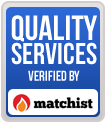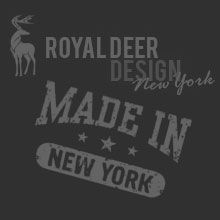
Picture this: You want to release new features to your customers, and you decide to order the CDs from your local supplier. No! In the days of cloud computing, this is no longer necessary. Now, these features can be launched into the cloud and consumed by your clients as needed. No longer are we dependent on CDs and the postal system for releasing features and upgrades.
A new problem to solve
However, we have not reached computing utopia- not just yet. The question now has become how do we keep our end users coming back for more? This question is vitally important because when the consumer stops using your product, they stop paying. This article provides six possible solutions to the new dilemma.
6 tips for user engagement with your launch and features
1. Ask for their thoughts before you build

Consumers have opinions and will gladly share them. Maximize this truth with your business model by asking your customers to comment on new features they would like to see. When you get a list of suggestions, offer a vote to the customer community. The great thing about this technique is the psychology. Users whose voices are heard are more likely to use the feature, share it via social media, and feel connected to your business.
User feedback systems are a simple addition to your website, and are well worth it. For examples of this technique, see Salesforce.com, GetSatisfaction, UserVoice, and Zendesk.
2. Involve users in the development process
When a product or feature is in the development phases, there is a point at which a demo is available. Share this demo with your users, asking for feedback. By doing this, you lower the potential for a product launch or upgrade that falls short of expectations.
3. What are your users actually using?
It’s a common cliché that actions speak louder than words, but this is especially true in the business world. If you have an understanding of which features are being used by your customers, you’ll have a better idea of the direction your product should take.
Yelp.com is a prime example of this technique in action. Designed initially as an email recommendation service, Yelp’s analysis showed a great deal of activity with the reviews feature. Changes were made, and the result was a successful company built around what was initially a small site feature.
4. How well do your clients know your features?
If you have a new feature, consider the ways you notify your customers of its existence. There are two main ways this can happen: self-discovery and notification.
- Self discovery: Allowing users to find out about a feature while using your site. Think of how Dropbox notified you about its new photo- syncing feature when your phone was connected to your computer. Or, consider here the way Google introduced Events for Google+.
- Notification: Personalized emails are useful if they reach the right audience. Study your user base to determine which ones are likely to use the new feature. This way you won’t overwhelm or annoy your customers with frequent correspondence.
5. Seek out and make use of your “Heavy Users”
Knowing who your top users are will allow you to seek their valuable feedback. Identify this group by tracking their usage using cloud-based services or another similar method. Surprise top users with a thank you gift for their loyalty and patronage. Happy customers keep coming back for more.
6. Make it easy for your users to spread the word
Create within your site a quick and easy way for users to share their love for your product with friends. Make available pre-populated posts, tweets or other clicks that make it simple for them to tell great things about you.




